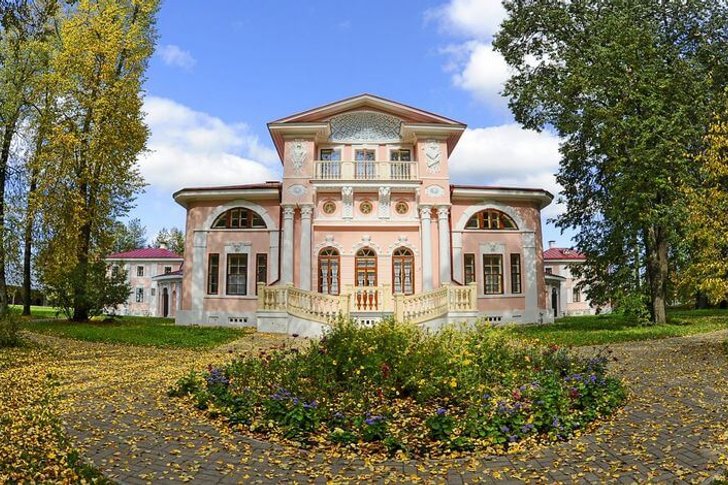Ancient Russian Vologda is a real tourist gem that can offer a rich excursion program. Who hasn't heard about the famous Vologda lace and magnificent wooden estates scattered throughout the city? Also, delicious Vologda oil and carved palisades, glorified in a popular song, are no less famous.
The city has a large number of churches built in different architectural styles, from Russian ornamentation to strict classicism. For lovers of historical buildings, a walk through the city center will turn into a real pleasure, as multi-colored domes, powerful walls and bizarre architraves of picturesque wooden mansions will appear before your eyes.
What to see and where to go in Vologda?
The most interesting and beautiful places for walking. Photos and a short description.
- Kremlin Square and Vologda Kremlin
- Revolution square
- Vologda wooden architecture
- Saint Sophia Cathedral
- Resurrection Cathedral
- Church of Alexander Nevsky
- Temple of Constantine and Helena
- Church of Varlaam Khutynsky
- Church of the Intercession on Kozlyon
- Church of St. Nicholas the Wonderworker in Vladychnaya Sloboda
- Church of the Presentation
- Church of Demetrius of Prilutsky on Navolok
- Spaso-Prilutsky Monastery
- Gorne-Assumption Monastery
- Lace Museum
- Museum The World of Forgotten Things
- Museum Vologda exile
- Museum “Literature. Art. Century XX»
- Vologda Drama Theater
- Gallery Red Bridge
- Monument to the letter O
- Monument to K.N. Batyushkov
- Monument to the electric lantern
- House of Peter I
- Shalamovsky house
- House of Puzan-Puzyrevsky
- House Zasetsky
- House of merchant Samarin
- Semenkovo
- Bryanchaninov's estate
Kremlin Square and Vologda Kremlin
Kremlin Square is the heart of Vologda and its historical center. Surprisingly, until 1947 it was paved with wood, despite the fact that the first buildings appeared here under Ivan the Terrible. Only on the occasion of the 800th anniversary of the city was it laid out with stone. The ensemble of the square includes three Orthodox churches and the main architectural dominant - the Vologda Kremlin. The fortress began to be built in the 16th century for defensive purposes. By 1820, most of the fortifications were dismantled, since by that time the structure had already lost its significance. The total length of the fortress walls once exceeded 3 thousand meters. Today, the Vologda Kremlin is called the complex of the Bishop's Court of the 17th century.
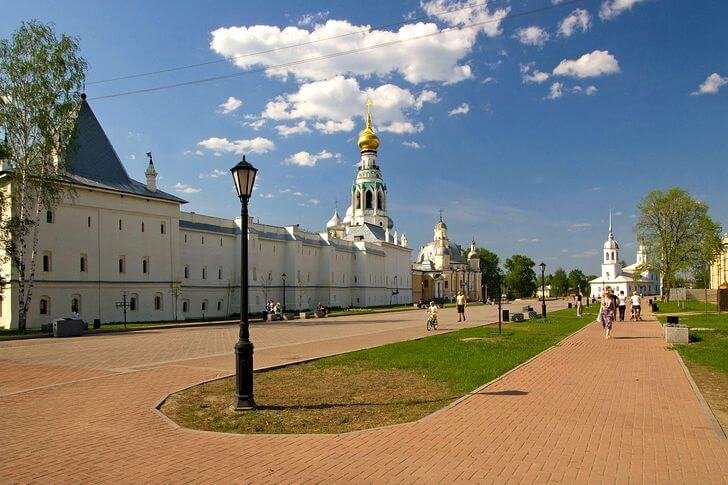
Revolution square
The central square of the city, located within the historical district of Nizhny Posad. It arose in 1918 as a result of the merger of Sennaya, Spasskaya and Aleksandrovskaya squares. In the 17th century, several churches were built here, destroyed during the USSR. Today, the place is decorated with monuments of the Soviet era: the Eternal Flame memorial and a stone obelisk called "The Tooth" - a monument to the heroes of the Civil War.
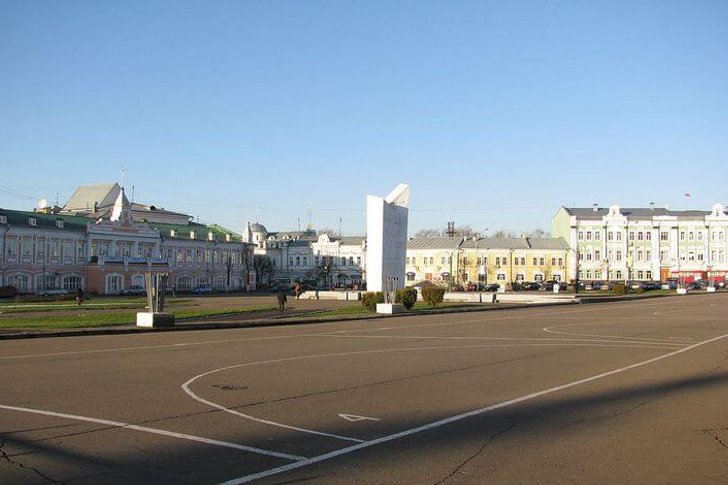
Vologda wooden architecture
Vologda wooden architecture is commonly referred to as a group of urban planning styles (modern, classical and empire), which prevailed in urban planning in the late 18th and early 20th centuries. Wooden houses built during this period are quite well preserved. Today there are more than 100 of them, many of which are significant monuments. Among the buildings are peasant huts, merchant mansions and dwellings of the bourgeois class.

Saint Sophia Cathedral
Religious building of the era of Ivan IV the Terrible, the oldest stone building in Vologda. It was raised by order of the king. Its uniqueness lies in the fact that frescoes and the iconostasis of the 17th century have been preserved almost intact inside. The temple belongs to the cross-domed architectural type. Due to its undeniable historical value, the building was not destroyed during the Soviet era. Today, there is a museum on the territory of the cathedral.
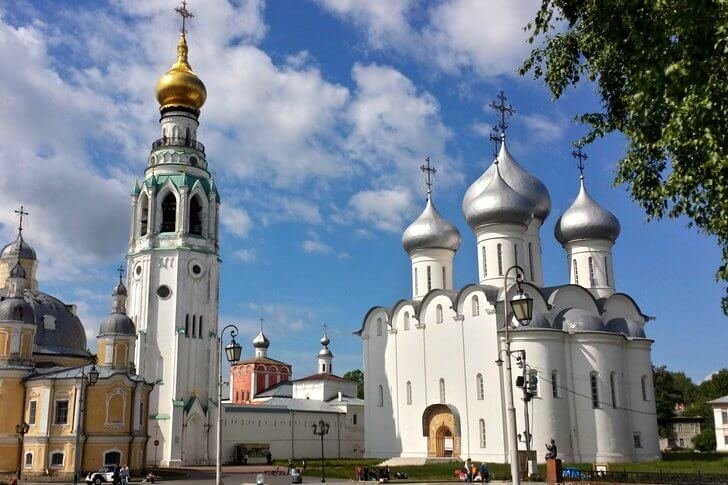
Resurrection Cathedral
Temple of the 18th century, built in the Baroque style under Archbishop Joseph II the Golden. The interior was renovated in the first half of the 19th century, so the original wall painting has not been preserved. The cathedral was abolished in 1938 and only in 2016 it was again transferred to the Russian Orthodox Church, after which regular services resumed. The building is a valuable architectural monument and an object of cultural significance.

Church of Alexander Nevsky
An 18th-century brick church, originally consecrated in honor of St. Nicholas the Wonderworker and subsequently re-consecrated in connection with the rescue of Emperor Alexander II in 1866 after an attempt on his life by conspirators. The structure is built in the classical manner of "octagon on a quadrangle" and is crowned with a spire characteristic of Vologda churches. Valuable icons are stored inside, among which there is an image of Alexander Nevsky with a particle of his relics.
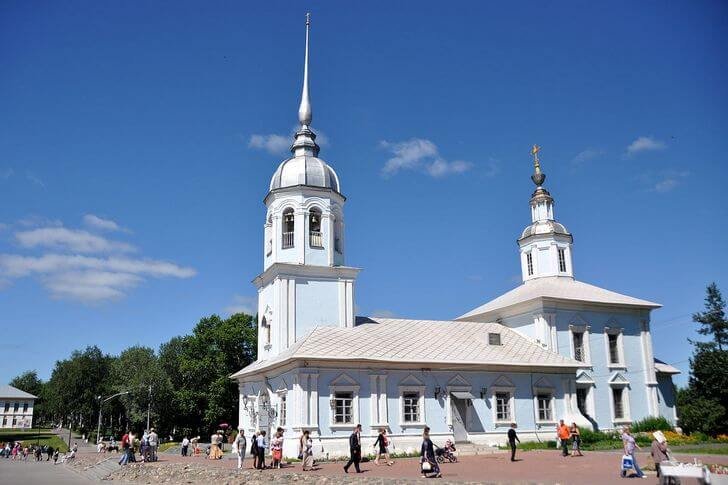
Temple of Constantine and Helena
A picturesque church of the end of the 17th century, built in the style of Moscow architecture - Russian patterning. This manner was distinguished by the presence of five domes crowning the quadrangle on a vast basement, and a tent-shaped bell tower of several tiers. The temple contains icons of the XV-XVIII centuries. It is believed that back in 1503, on the site of the modern building, there was a church made of wood, erected under Ivan III.

Church of Varlaam Khutynsky
A structure in the graceful manner of early classicism, erected in 1780 at the expense of the merchant Uzdennikov instead of a dilapidated stone church. The architect of the church is unknown, but experts suggest that he could well have been a St. Petersburg master, since the construction clearly shows secular palace features that are not at all characteristic of the strict religious architecture of Vologda.
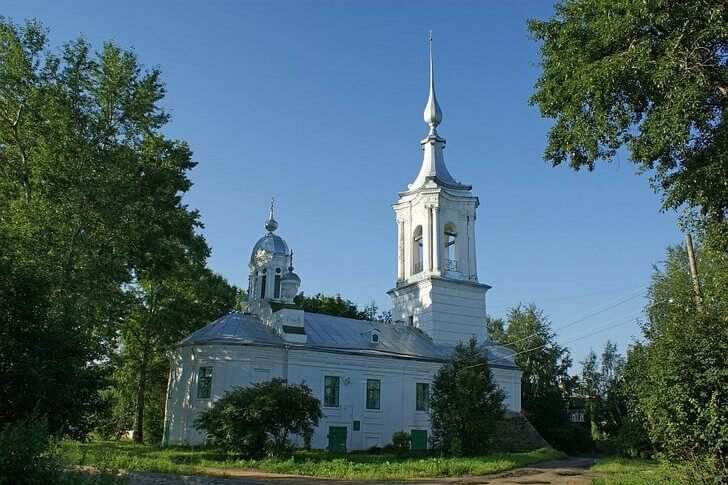
Church of the Intercession on Kozlyon
The building was built in the Moscow baroque style in 1710. It is notable for the fact that unique frescoes created by artisans of the Yaroslavl school have been preserved inside. Later murals belong to the 19th - early 20th centuries. The first mention of the Church of the Intercession on Kozlyon dates back to 1612. According to surviving sources, the earlier church was burned down by the Lithuanian invaders during the Time of Troubles.
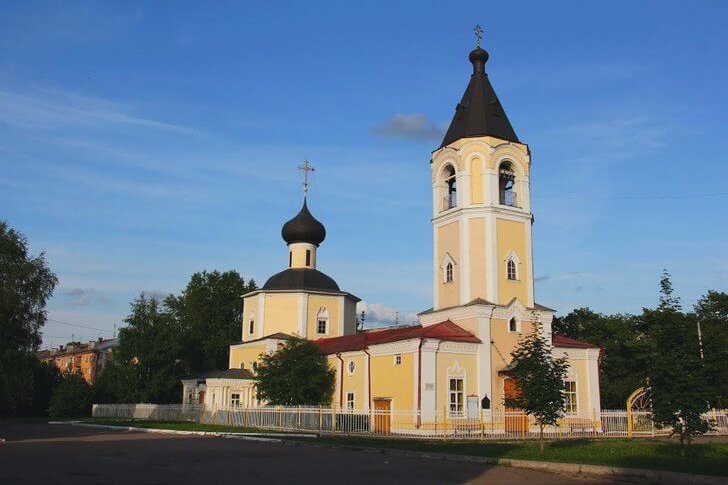
Church of St. Nicholas the Wonderworker in Vladychnaya Sloboda
Along with St. Sophia Cathedral and the Church of Dmitry Prilutsky on Navolok, this temple is considered one of the first stone buildings in Vologda. From an architectural point of view, it is a township temple typical of the city, which was built in the 17th century. The interior space is decorated in the Baroque style with characteristic ornamental moldings, arches and vaults, usually inherent in this style.
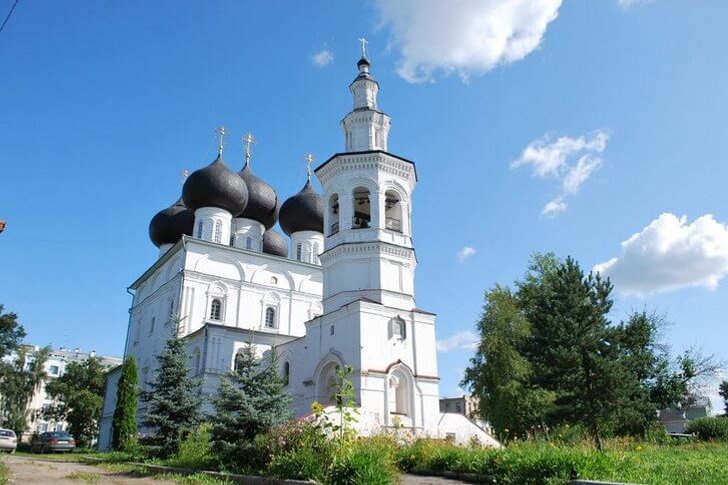
Church of the Presentation
The building was erected in 1735 and rebuilt in 1830. It is distinguished by an architectural style rare for Vologda - a mixture of Russian baroque (the main building) and pseudo-Gothic (bell tower). From here come several well-known icons that are now in major museums: The Last Supper, The Beheading of John the Baptist, Lamentation, The Descent into Hell and other works of art.
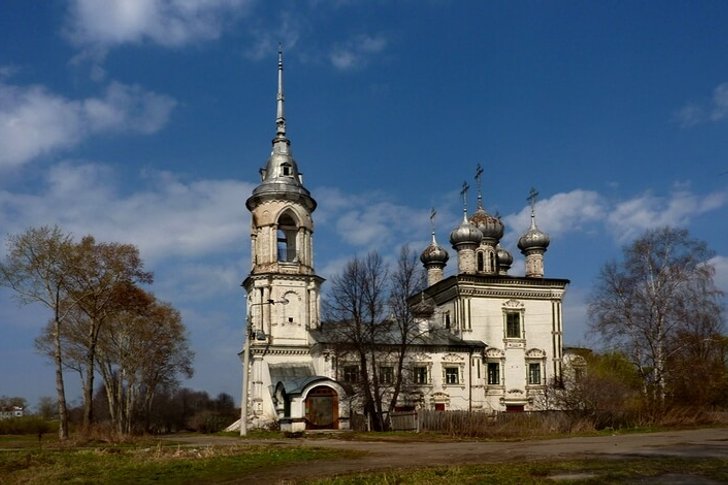
Church of Demetrius of Prilutsky on Navolok
An architectural monument of the middle of the 17th century, which is considered one of the most valuable in Vologda. The church was named after D. Prilutsky, the founder of the Spaso-Prilutsky monastery. The earliest mention of the temple dates back to 1618. Inside the building, frescoes of the 18th century, created under the influence of the Yaroslavl school, have been preserved. Some images contain scenes from the life of Dmitry Prilutsky.
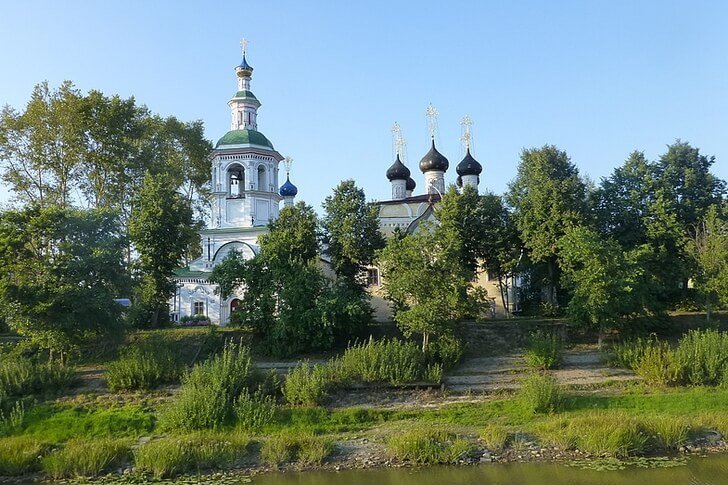
Spaso-Prilutsky Monastery
Orthodox men's monastery, leading its history from the XIV century. It was founded by a disciple and associate of Sergius of Radonezh, St. Dmitry Prilutsky. The monastery is one of the most ancient and revered in the Russian North. Its complex includes churches - architectural monuments of the 16th-18th centuries. In 1926 the monastery was closed, in the 1930s it was used as a prison. Only in 1992 it was again returned to believers.

Gorne-Assumption Monastery
The convent, which functioned from 1590 to 1924. It was founded by Domnikia, a nun and an old woman. Initially, all the buildings were made of wood, the first stone building was erected in the second half of the 17th century. Two centuries later, a school and an orphanage were opened at the monastery. At the moment, the complex is under restoration - some of its parts have been completely restored, while others have been lost forever.
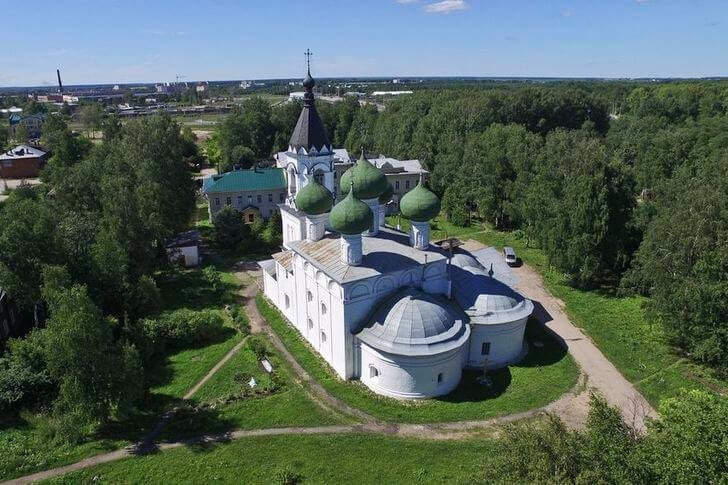
Lace Museum
Vologda lace is a well-known tourist brand that plays a key role in the theme of many excursions along with wooden architecture. The museum dedicated to this craft is unique in size and composition of the exposition. Its collection contains not only the works of local craftswomen, but also exhibits that tell about the world history of lace craftsmanship, magnificent costumes, home textiles, jewelry and paintings.
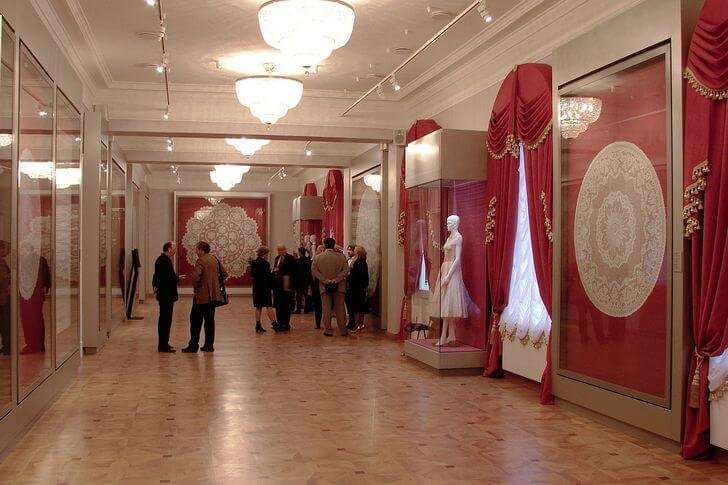
Museum "The World of Forgotten Things"
The exposition of the museum is dedicated to pre-revolutionary Vologda, culture and life of various strata of the urban population. In the halls, you can admire the interiors of the 19th century and various objects that were in use more than 100 years ago and give an idea of how people lived in that era. An extensive collection is located on three floors, it consists of old photographs, family heirlooms, furniture, interior items.
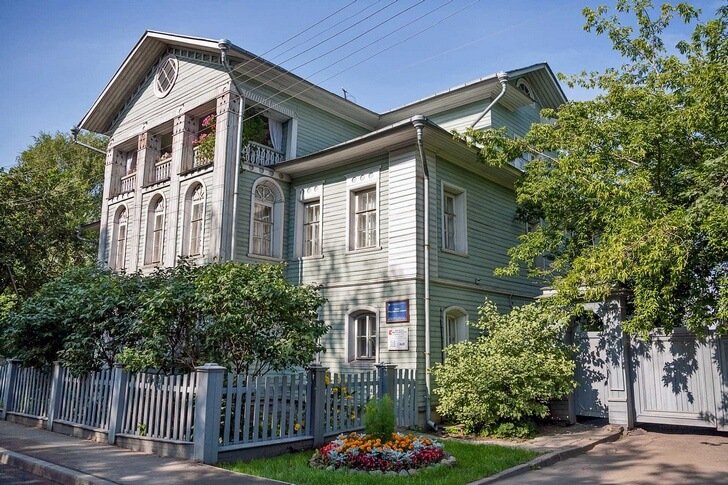
Museum "Vologda exile"
In Tsarist Russia, Vologda was one of the places where prisoners were exiled. In 2007, in a wooden house on the street. Maria Ulyanova opened a museum dedicated to this phenomenon. The building is notable for the fact that in 1911-12, JV Stalin, who was in exile, lived here for several months. The exposition tells about famous political prisoners and their activities.
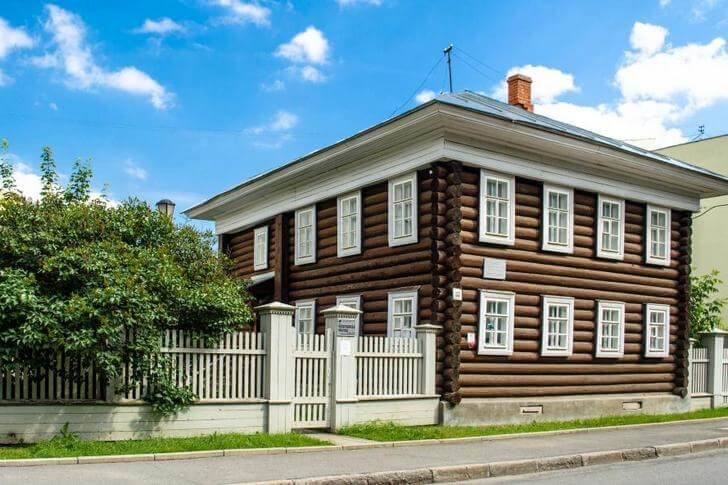
Museum “Literature. Art. Century XX»
The museum exposition is located on the territory of the former mansion of the merchant Sitnikov, a monument of Vologda wooden architecture of the 19th century. The collection is entirely devoted to the life and creative path of two artists: composer V. A. Gavrilin and poet N. M. Rubtsov, who devoted many of their works to the Russian North. The collection is a branch of the Vologda Museum-Reserve.
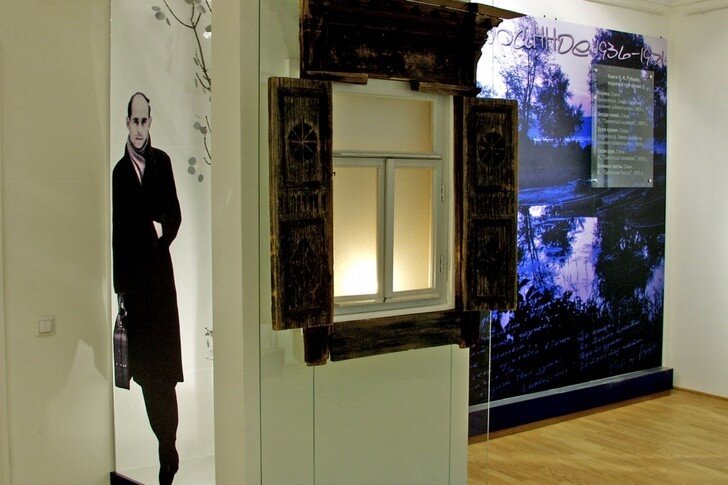
Vologda Drama Theater
The theater was founded in 1849 (it is considered the oldest in Vologda). Over the past time, he managed to change several buildings. At the moment, the stage is located in a building built in 1974, which has all the signs of Soviet monumental architecture. The project was developed by a Moscow team of designers and engineers who specialized in the construction of buildings for spectacles and sporting events.
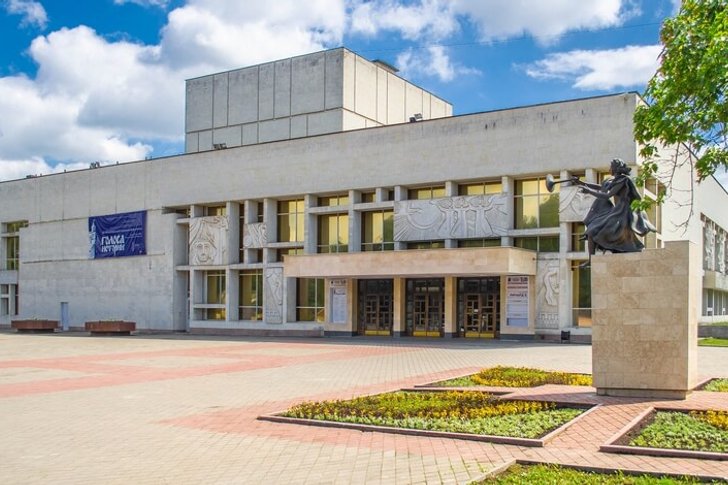
Gallery "Red Bridge"
An art museum, opened in 2003, in which the creators have collected works by artists of various styles: representatives of realism, underground, symbolism and other progressive trends. In addition to paintings, photographs and modern art objects are exhibited here. In total, the collection contains approximately 1000 exhibits. The museum regularly hosts temporary exhibitions of local, Russian and foreign authors.
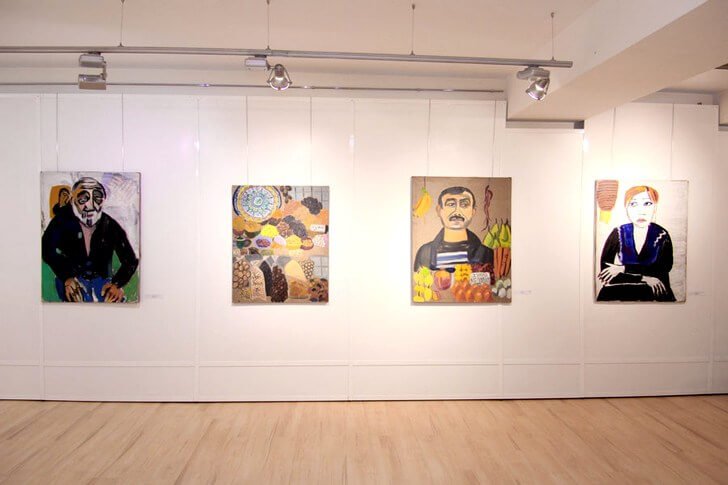
Monument to the letter "O"
An unusual monument is located in one of the city squares. It symbolizes a peculiar Vologda dialect, where the emphasis is on the letter "o". Thanks to this distinctive feature, Vologda residents are recognized throughout Russia. The sculpture was installed at the initiative of the students of the Institute of Business in 2012 in honor of the 865th anniversary of the founding of the city. It is made of metal lace and reaches a height of 2.5 meters.
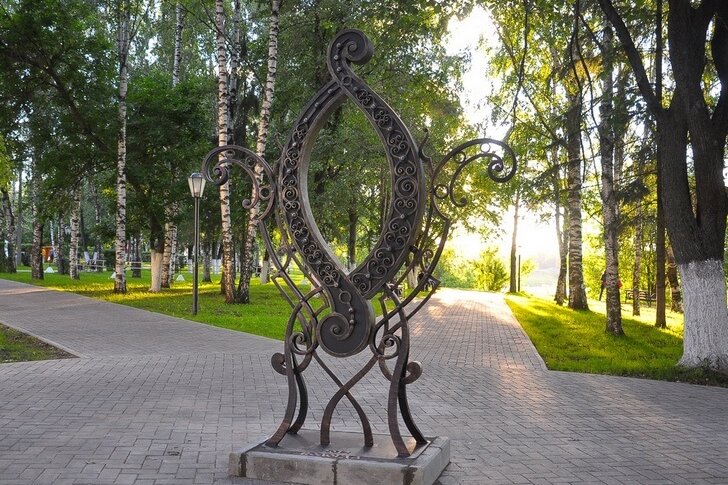
Monument to K.N. Batyushkov
The poet K. N. Batyushkov is a native of Vologda, a teacher of the genius of Russian literature A. S. Pushkin. Grateful descendants erected a monument to him in 1987. The composition consists of the figure of Batyushkov himself, dressed in the fashion of the Pushkin era, and a horse (apparently, the sculptor decided in this way to hint at the participation of Konstantin Nikolayevich in the campaign of 1812). Both statues stand on a granite pedestal.
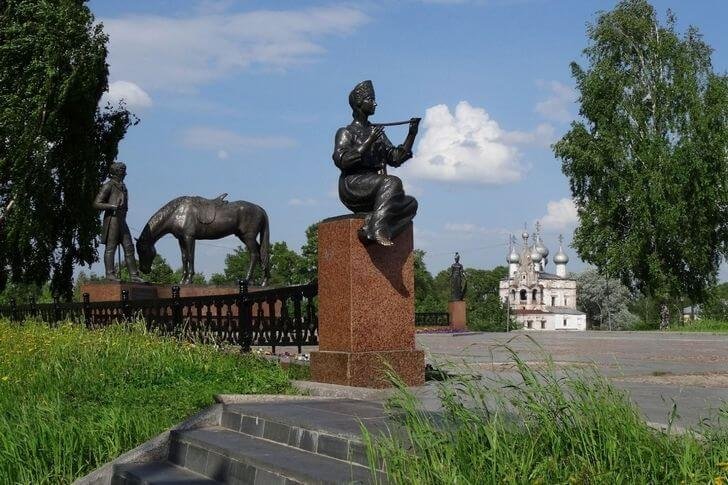
Monument to the electric lantern
The monument was erected in 2004 in honor of the 100th anniversary of the electrification of the city (in 1904, the first power plant was launched here). The idea of the creator is very original and controversial, as it is a lamppost and a figure of a dog urinating on it. But the residents accepted this composition without question, apparently due to the presence of a healthy sense of humor, since this creation cannot be taken seriously.

House of Peter I
A small building of the 17th century, where Peter the Great stayed several times during his visits to Vologda. The house belonged to the Dutch merchant John Gutman. Furnaces covered with 300-year-old tiles have been preserved inside. In 1872, the very first museum in the city was founded here. Today, his collection consists of personal belongings of the ruler, as well as utensils and furniture of the 17th-18th centuries.
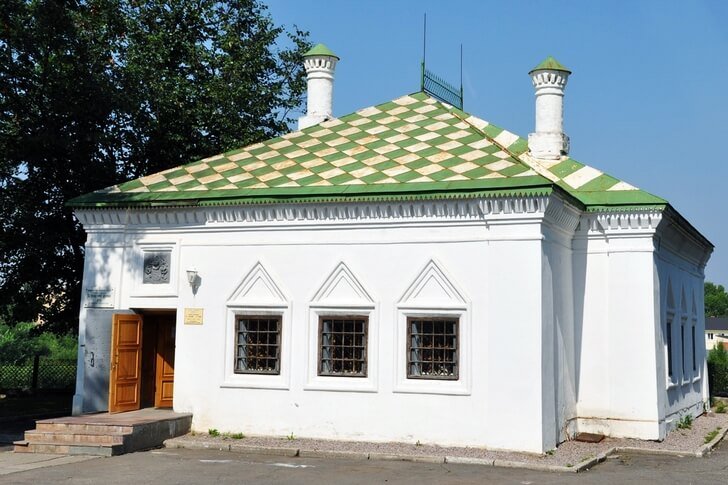
Shalamovsky house
A two-story building made of stone, where V. T. Shalamov lived in 1907-24, a poet and writer who became famous thanks to his work “Kolyma Tales”. The museum was founded in 1991. The collection is dedicated to the life and work of the author. Here are collected his personal belongings, documents, records, publications. The building itself was erected in the 18th century and is considered an architectural monument.

House of Puzan-Puzyrevsky
The house is a wooden manor built in 1823. Until 1918, the US Embassy was located on its territory, after which the head of the diplomatic mission himself and his family lived here for a couple of years. In the period 1997-2012, a museum worked in the estate. The building is a valuable monument of wooden architecture. At the moment it is not in the best condition.

House Zasetsky
A monument of wooden architecture built at the end of the 18th century and reconstructed in the 19th century. It is the oldest wooden building preserved on the territory of Vologda. The Zasetsky House is a one-story mansion with a classic portico and a mezzanine, a number of wide windows framed by skillfully carved architraves. Once the building belonged to an eminent noble family.

House of merchant Samarin
City estate of the beginning of the 20th century, on the territory of which the museum is located. The house is a rare surviving example of this type of building. More than 100 years ago, there were residential premises, a trading shop and rooms for rent. Today, the exposition, consisting of photographs, household items and documents, will tell the visitor about the traditional life of a merchant family.
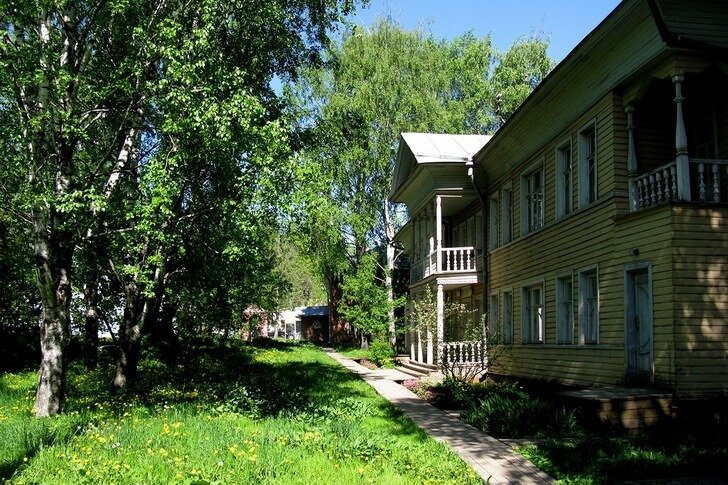
"Semenkovo"
Ethnographic Museum, located in the village of the same name. It is a collection of monuments of wooden architecture dating back to the 19th-20th centuries. Houses were brought to the territory of the exposition from remote areas of the Vologda Oblast. The museum opened in 1979. Its main goal was to preserve the unique architecture and study the ethnographic heritage of the Russian North.

Bryanchaninov's estate
A nobleman's mansion in the village of Pokrovsky, built at the beginning of the 19th century. The building style can be defined as early classicism. The estate was the family estate of the Bryanchaninov family until 1918, when the owners left Russia. Since 1924, there was a sanatorium on its territory, which worked until the 1990s. In 2009, another restoration of the estate was completed, after which a cultural and educational center was opened in it.
